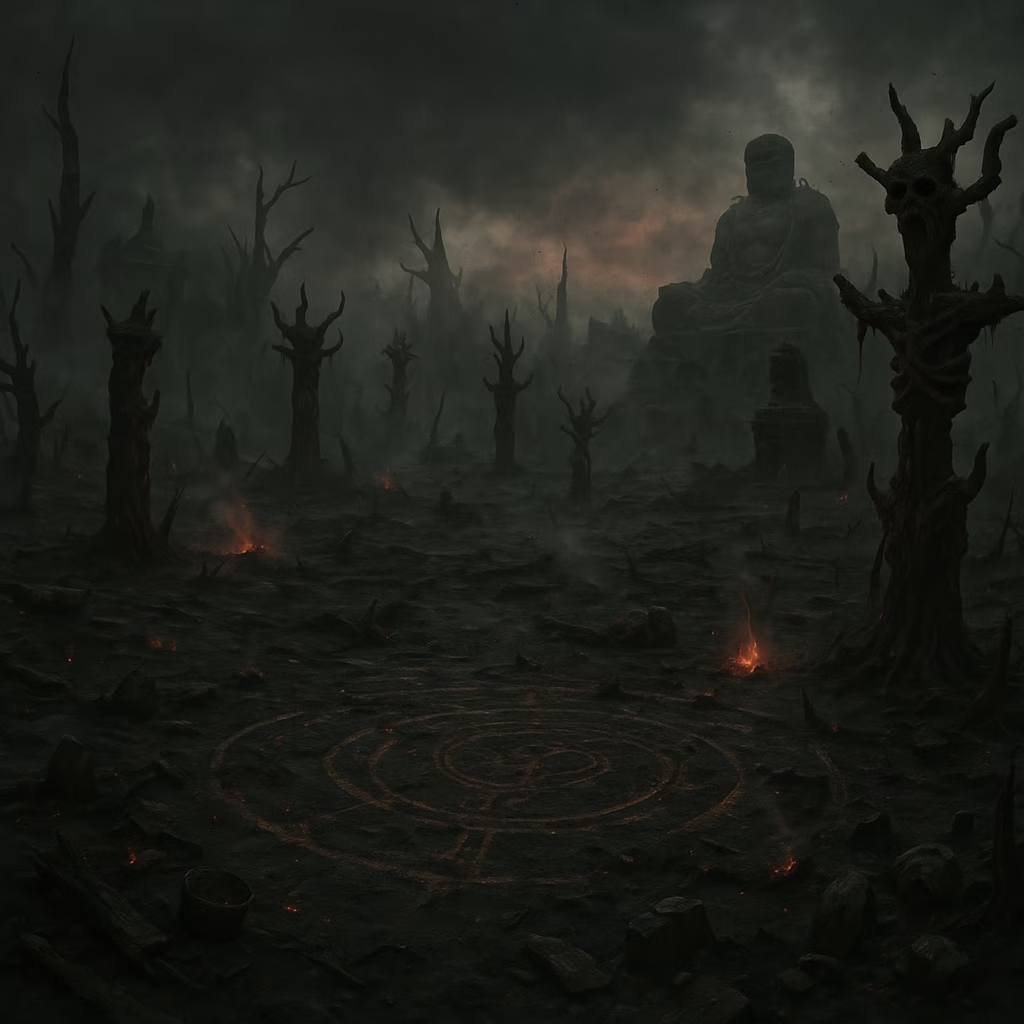The journey begins in a world painted with strokes of ancient myth, where every step echoes with the weight of destiny. As the player steps into the shoes of the ascendant warrior, a thrill courses through them—a blend of anticipation and reverence for the tales spun by GameScience. Yet, beneath the lush bamboo forests and towering mountain trails, a strange sense of confinement settles in. This fantastical realm, inspired by the epic of Sun Wukong, unfolds not as an open expanse but as a guided tour, where each twist and turn feels meticulously choreographed. The initial excitement gives way to a poetic melancholy, as the player realizes that this adventure is more a curated performance than a boundless odyssey. The whispers of freedom are drowned by the silent boundaries that hem them in, creating a dissonance between expectation and reality. 
The world of Black Myth: Wukong reveals itself as a sequence of intimate stages, each one a prelude to a grand confrontation. Unlike the sprawling labyrinths of its inspirations—Devil May Cry 5 or the haunting worlds of Dark Souls—this realm favors brevity. Trails wind through emerald groves, their paths so linear that one could traverse them with eyes closed, only to emerge at the next boss's doorstep. Treasure chests and merchants dot the landscape like forgotten ornaments, offering fleeting distractions but no real incentive to stray. The player feels a curious detachment, as if wandering through a dream where exploration is an afterthought. Fast travel flows generously, and death's sting is softened by the absence of experience loss, making return trips feel like gentle strolls rather than punishing treks. For now, the battles unfold with surprising ease, leaving the player yearning for the world to unfurl its secrets and grant the freedom they crave.
But that yearning is met with resistance, a jarring halt at every horizon. Invisible walls rise like specters from the earth, boxing the player into prescribed routes. This phenomenon, once a source of community jest highlighted by GameScience at The Game Awards, now feels profoundly egregious.
The player's heart sinks as they approach a teetering bridge, eager to leap into the unknown, only to be rebuffed by an unseen force. What should be a canvas for discovery becomes a theme park ride—safe, sanitized, and stifling. Green vistas stretch endlessly, a monotonous sea broken only by the illusion of depth. Broken bridges taunt in the distance, cool sights beckoning, yet they remain unattainable mirages. In these moments, the player feels trapped, their spirit caged in a world that promises myth but delivers confinement. The combat, with its rhythmic dances and intricate techniques, shines like a beacon, yet it cannot mask the hollowness of the surroundings. A longing for the boundless exploration found in Elden Ring or Bloodborne gnaws at them, where every distant formation invites pilgrimage. Here, such promises are absent, and the game's beauty is shadowed by its constraints.
Comparisons to FromSoftware's masterpieces emerge vividly. Elden Ring's world breathes with life, its combat challenges woven into an endless tapestry where every horizon is a destination. Dark Souls and Sekiro tease evolution, their semi-open realms rewarding curiosity with revelation. In Black Myth: Wukong, the player grapples with a dissonance—depth in battle versus shallowness in setting. They list the contrasts:
-
😊 Combat Joy: Fluid, satisfying clashes that echo Sekiro's precision.
-
🚫 Exploration Limits: Invisible walls that evoke frustration, unlike the freedom in FromSoftware titles.
-
🌳 Visual Repetition: Endless greenery, lacking the dynamic shifts of Elden Ring's landscapes.
This creates a bittersweet symphony, where triumph in combat is tempered by the echo of unfulfilled wanderlust.
A table to summarize the player's journey:
| Aspect | Experience | Emotion Evoked |
|---|---|---|
| World Design | Linear paths, few respawning enemies | Detachment, longing |
| Combat System | Mastery-based, rewarding | Excitement, satisfaction |
| Exploration | Constrained by invisible walls | Frustration, confinement |
As hours bleed into days, the player reflects on the paradox: a game that honors myth yet binds its hero. They savor the boss rushes, each a crescendo in a sonnet of struggle, but ache for the open skies promised by legends. In the quiet moments between battles, they ponder if the walls will ever fall, or if this is the Monkey King's true curse—a gilded cage disguised as freedom.
FAQ
Q: Why are there so many invisible walls in Black Myth: Wukong?
A: GameScience designed them to guide players linearly toward bosses, prioritizing combat over exploration, which has sparked community jokes but feels restrictive.
Q: How does the game compare to Dark Souls or Elden Ring?
A: While combat shares Sekiro's depth, the world lacks openness—invisible walls limit discovery, unlike FromSoftware's expansive, reward-filled environments.
Q: Is the game still enjoyable despite its flaws?
A: Absolutely! The boss rushes and combat mechanics deliver fun and challenge, making it a poetic journey worth experiencing for fans of action titles.
Q: Will future updates address exploration issues?
A: As of 2025, GameScience hints at tweaks, but the core design remains focused on boss encounters, so major changes are unlikely.